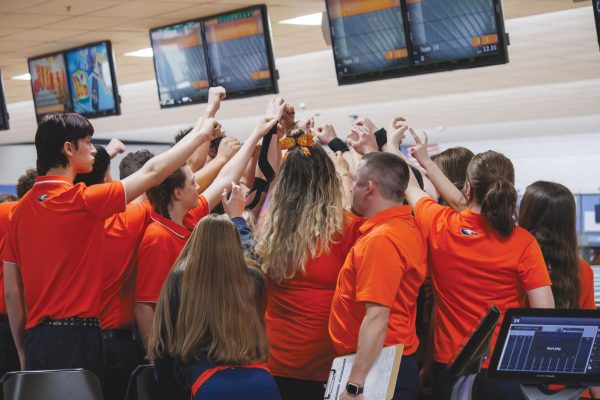Teen Dating Abuse
One in three adolescents experience physical abuse from a dating partner; this form of violence exceeds any other form of teen violence. In a single year in America alone, 1.5 million high school students will be victims of sexual, emotional, and/or verbal abuse from their significant other. This is an alarming statistic.
Although abuse is limited to no one, young females between ages 16 and 24 go through the highest rate of partner violence. Relationship violence can lead to long lasting effects like substance abuse, anxiety, further domestic abuse, eating disorders, depression, and many other things. About half of teens who have experienced both relationship violence and rape have attempted suicide.
This problem is so wide range, yet goes unnoticed by so many. In fact, only 33% of teens ever told anyone of their abuse despite 82% of parents believing they could identify the signs of their child’s abuse; 58% of parents could not correctly identify all of the warning signs when asked.
What is unhealthy in one relationship may be abusive in another. The ramifications may become more severe within a relationship when multiple abusive attributes are present. That doesn’t necessarily mean that one harmful relationship is less abusive than another based on the amount of harmful qualities alone, but that some forms of abuse that may be prevalent in a relationship may be more dangerous than others.
Main warning signs of an abusive relationship are: Isolation from family and friends, manipulation, extreme jealousy and/or insecurity, erratic mood swings, possessiveness, physically inflicting pain, constant belittling and put-downs, and checking phones without permission or regularly. There are many more signs of abuse than I am able to list as abusers can do anything to gain power over their victim, but please familiarize yourself by researching.
Violent people have their own motives for abusing their partner, but one thing remains true among each harmful relationship: it is a vicious cycle of good times and bad times. That is how dangerous people get their victim to stay. It is important to not them have control over you. In a relationship, each person should be their own, individual person. A relationship, especially in your teens, should be about two individuals that are together still as two individual people. You are not your relationship, and you have rights to privacy and trust in your relationship.
In this generation, we have normalized harmful relationships. Online, I’ve seen a plethora of posts about harmful qualities in a relationship that are overlooked by teens. Here are a few:
This problem isn’t going to go away on it’s own. We must educate ourselves and others on this, never normalize it, reduce stigma, and promote healthy relationships everywhere. Victims often have a hard time getting distance from their unhealthy partner, so sometimes intervention is required; at the very least, always be supportive of your loved ones leaving a bad relationship.
And since I had examples of bad relationships, here are some wholesome significant other memes.

I am a senior of equal parts excited and sad to be here. I'm happy to rejoin the newspaper staff for a third year. This year I fell into the roles of editor...






